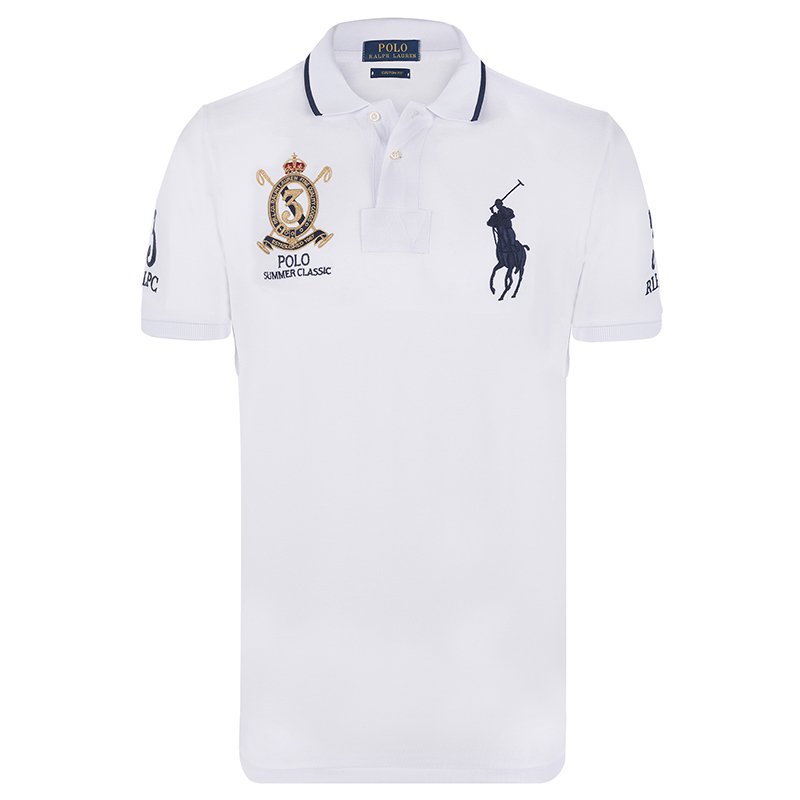Free Shipping All Over The World
Get Started !Phone
833-winfieldcustoms
Our Hours
Mon-Fri: 8AM-5PM Eastern
MENU
How do you print with high-density screens printing step-by-step (2023)
14-Jan-2023- 3 min read
Screen printing with special effects continues to grow as technology evolves while designers test the boundaries of what ink is capable of. High-density screen printing is among the more striking techniques in the current clothing design industry. When it is printed using this technique the ink drips away from the fabric. This creates a 3D-like form when printed conventionally. The way the flock works creates an oblique, tactile feel. Similar to high-density printing, it can draw the effect from ink alone.
The top quality of high-density ink creates the appearance as if it was cut from the plastic before being incorporated within the substance. Designers and customers are attracted to this inventive method due to a variety of reasons. It's firstly, it's simple to determine how far your design appears from the fabric and also where you'd like to keep building. Puff pants expand independently. This makes it difficult to manage the final product. High-density printing permits you to choose the orientations you prefer. It's also possible to apply high-density printing inks over traditional inks to create textured designs.
What is the process for high-density printing work?
There are numerous ways to create the look of high-density ink on your clothes. In-house designers come up with innovative ways to apply ink using air drying in every price range. Screen printing wholesalers like Thrive Screen Printing utilize state-of-the-art equipment to pass each item through a variety of machines that create the exact look for every sweatshirt, t-shirt, or other product with a brand name.
High-Density Screen-Printing Applications
High-Density Screen printing is much more flexible than other printing techniques since it can create designs for any material that is of any size, shape, and thickness. This is why screen printing has been used in many different ways, such as
- The designs on clothing
- Medical devices
- Decals and stickers
- Balloon
- Labels for the products
- Signage
- Displays
- Merchandise
- Textile fabric designs
- Sports-related products
Process of high-density screen printing
The flexible high-density screen-printing method utilizes a variety of inks. The ink can adhere to kinds of cotton-based fabrics that can stand up to heat. Contrary to other types that are used, this method can be achieved with plastisol, gel, or water-based inks based on the outcome you desire. The final design will have an elegant and clear style with crisp or smooth edges so that the design can stand out from the rest of the garment.
- Large-scale, high-density print typically follows the same method. Designers select a tightly woven mesh screen that allows a large amount of emulsion to be able to pass through the design.
- Similar to any screen-printing process the initial layer of ink gets squeezed and forced across the stencil and onto the screen.
- Designers typically employ a gentle squeeze using gentle pressure to not alter the design's shape since it adds each layer.
- After the first layer has been put onto the fabric. This allows the item to be polished until the fabric is sturdy enough for an additional layer of ink.
- The quality of ink is strong in that it doesn't extend across all directions. This gives a clean base layer that can further enhance the appearance of three-dimensionality.
- The machine returns the item to the original station to apply another layer of ink before it is cured yet. This process usually repeats 3 times, until the ink is raised to within one-eighth of a centimeter of the material.
- When the desired number of layers has been created then the shape you want is made. Designs are dried in high temperatures over a long time.
- This makes sure that the ink remains solid without fading over time, ensuring a long-lasting appearance.
Fabrics with high-density
The options for printing high-density are also very flexible. However, the fabric needs to be sturdy enough to stand up to the curing process, as well as be able to hold several layers of ink that are thick. The majority of the time, cotton or mostly cotton-based fabric is ideal for multi-treatment processes.
Ink colors with high-density
High-density screen printing can be quite versatile when it comes down to playing around with colors, finishes, and even textures. A lot of designers favor this style when they require a lively blur in color. Particularly, for designs that must be seen from the distance. For example, uniforms for sports. But the high-density screen-printing process is not able to make sense for halftones. But, you can utilize high-dimensional printing to create a base to apply an additional ink layer over it or based on the technique and material.
On the other side of the spectrum high-density printer is compatible with gel or smooth inks. These are usually extremely fine without any noticeable texture. It is possible to mix similar colored inks or fabrics that are blended into the background using different ways.
The Top High-Density Printing Techniques and Uses
Creative designers have discovered creative ways to take advantage of the 3D effect. The majority of designs are made using ordinary ink. However, this ink rises considerably over the fabric. It provides a durable final product. Here are a few of the most compelling reasons for designers to employ high-density screen printing to create distinctive results.
- Dark Fabrics with Dark Ink
- Matte Finish
- Glossy Finish
- Embroidery Alternative
- Glitter and Flecked Inks
Advantages and disadvantages of High-density Screen printing
Pros
- This is the most effective way to go to get an uncluttered, lively style for your brand or design. Utilize the same color for the fabric and ink without fretting about subtle shapes.
- Inks with high density deliver extremely neatly finished products. Perfect for large corporate events, promotional shirts, or uniforms for groups.
- The ink that is thick and strong creates an extremely durable appearance that lasts longer than methods like metallic ink printing foil printing.
Cons
- High-density printing can be suitable for extremely precise shade matching and highlights.
- It is possible to not achieve the most effective result if your design is very complicated. Multi-layer printing is ideal for clear shapes that could be used as the basis for multiple different layers of paint.
- Each layer of ink has to be dried before the layer that is put over it. The way to cure is dependent on the type of ink used in the method. Cotton or cotton-based fabric is typically the most suitable material for printing high-density.
Will Screen printing ink wash out?
Designs shouldn't be washed unless the garment was properly screen printed by a certified professional using heat-treated washable ink. To ensure the saturation of the colors, the printer should make sure that the ink has been aligned with the guidelines of the manufacturer. The right drying temperature and duration vary depending on the kind of ink used and the fabric being used. So, printers need to adhere to the directions exactly to produce something durable and washable.
Conclusion
At Wind field Custom, our printing staff is professionally trained to produce the highest quality results So you can rest assured that our services are top-quality on the market. We make use of top-of-the-line equipment to design unique designs on a large selection of clothing items, including T-shirts, hoodies, and sweatshirts. Take a look and check out.
What Is The Minimum Order Quantity?



